8 Reasons Why Planting a Native Tree Benefits the Environment
- September 6, 2024
- 0 comment
Planting trees is a simple yet powerful way to combat climate change, restore ecosystems, and support biodiversity. However, it’s important to recognize that not all trees provide the same benefits. Native trees are particularly valuable because they are naturally adapted to local conditions and play a crucial role in maintaining the health and balance of local ecosystems.

By planting native trees, we support the natural world around us and help ensure that our environment thrives for future generations.
Benefits of Planting Native Trees
1. Supports Local Ecosystems
Native trees are an integral part of the local ecosystem, providing essential habitats and food sources for a variety of wildlife. Unlike non-native species, which may not support local fauna, native trees have evolved alongside local wildlife, making them a crucial component of the ecosystem. For example:
Habitat Provision: Native trees provide nesting sites, shelter, and food for local bird species, insects, and mammals. Their presence ensures that these animals have the necessary resources to survive and thrive.

Food Sources: Many native trees produce fruits, nuts, and seeds that are a primary food source for local wildlife. These trees support a diverse range of species, from birds to small mammals, which rely on them for sustenance.
By planting native trees, you contribute directly to the preservation of local wildlife, ensuring that ecosystems remain balanced and healthy.
2. Enhances Biodiversity
Biodiversity is the variety of life in a particular habitat or ecosystem. It is a critical factor in the resilience of ecosystems, enabling them to withstand environmental changes and disruptions. Planting native trees enhances biodiversity in several ways:
Increases Plant Diversity: Native trees support a wide range of plant species, many of which are interdependent. This diversity creates a more resilient ecosystem that can better withstand pests, diseases, and climate variations.
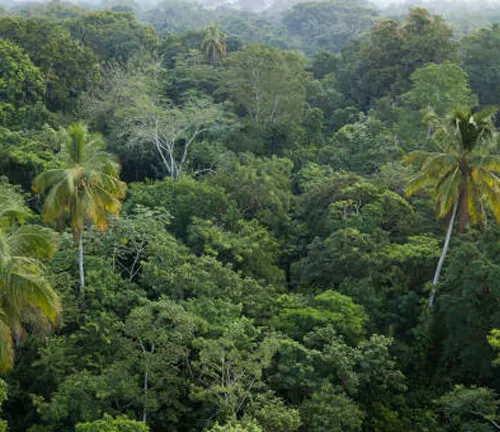
Supports Wildlife Diversity: The presence of native trees attracts various animal species, from pollinators like bees and butterflies to larger mammals. This diversity of life forms creates a robust and stable ecosystem.
Increased biodiversity makes ecosystems more resilient to environmental changes and helps to maintain the ecological balance necessary for all species to coexist.
3. Conserves Water Resources
Water conservation is a critical environmental issue, particularly in regions prone to drought. Native trees are well-adapted to local climate conditions, making them more efficient in their use of water. Here’s how they contribute to water conservation:
Reduced Water Requirements: Native trees typically require less water than non-native species because they are adapted to the local environment. This reduces the need for irrigation, conserving precious water resources.
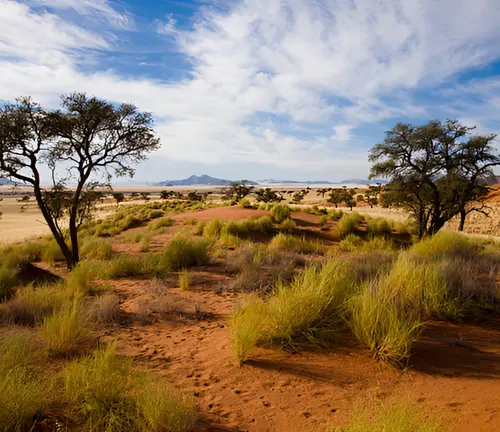
Enhanced Groundwater Recharge: The deep root systems of native trees help to maintain soil moisture and reduce surface runoff. This process allows more water to seep into the ground, replenishing groundwater supplies and ensuring a stable water supply for the ecosystem.
By planting native trees, you help conserve water, reduce the need for artificial irrigation, and support the natural water cycle in your local environment.
4. Improves Soil Health
Soil health is fundamental to the productivity and sustainability of ecosystems. Native trees play a crucial role in maintaining and enhancing soil quality through several mechanisms:
Soil Fertility: Native trees contribute organic matter to the soil in the form of leaf litter and decaying wood. This organic matter enriches the soil with nutrients, improving its fertility and supporting plant growth.

Erosion Prevention: The root systems of native trees stabilize the soil, preventing erosion caused by wind and water. This is particularly important in areas prone to soil degradation, where erosion can lead to loss of topsoil and reduced agricultural productivity.
Healthy soils are essential for supporting plant life and ensuring the long-term sustainability of ecosystems. Planting native trees is a simple yet effective way to improve soil health and prevent erosion.
5. Sequesters Carbon and Mitigates Climate Change
One of the most well-known environmental benefits of trees is their ability to sequester carbon dioxide from the atmosphere. This process helps to mitigate the effects of climate change by reducing the concentration of greenhouse gases. Native trees are particularly effective at carbon sequestration for several reasons:
Adaptation to Local Conditions: Native trees are well-suited to the local climate and soil, making them more resilient and less likely to succumb to diseases or extreme weather events. This resilience allows them to continue sequestering carbon over long periods.

Sustainable Growth: Because native trees are adapted to their environment, they can grow sustainably without the need for excessive water, fertilizers, or pesticides. This sustainable growth ensures that they continue to sequester carbon throughout their lifespan.
By planting native trees, you contribute to the global effort to combat climate change, helping to reduce atmospheric carbon levels and mitigate the effects of global warming.
6. Reduces the Spread of Invasive Species
Invasive species are one of the greatest threats to biodiversity and ecosystem health. These species often outcompete native plants and animals, leading to the decline or extinction of native species. Planting native trees can help prevent the spread of invasive species in several ways:
Supports Native Species: By planting native trees, you provide habitats and resources for native plants and animals, reducing the likelihood that invasive species will take hold.

Creates a Balanced Ecosystem: A healthy ecosystem dominated by native species is more resilient to invasion by non-native species. The presence of native trees helps to maintain this balance, preventing the spread of invasive plants and animals.
Preventing the spread of invasive species is essential for protecting biodiversity and maintaining the health of ecosystems. Planting native trees is a proactive way to support native species and prevent ecological disruption.
7. Enhances Aesthetic and Cultural Value
Native trees are often deeply connected to the cultural and historical heritage of a region. They contribute to the natural beauty of the landscape and can enhance the aesthetic and cultural value of an area in several ways:
Cultural Significance: Many native trees hold cultural or spiritual significance for local communities. Planting these trees helps to preserve and honor cultural traditions and history.
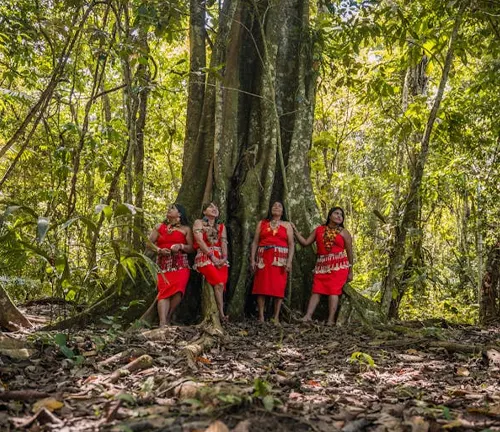
Natural Beauty: Native trees contribute to the natural beauty of the landscape, creating a sense of place and identity. They enhance the visual appeal of an area, making it more attractive to residents and visitors alike.
By planting native trees, you not only contribute to environmental conservation but also help to preserve the cultural and aesthetic value of your local area.
8. Requires Less Maintenance
Native trees are naturally adapted to their local environment, which means they require less maintenance than non-native species. This is because native trees are well-suited to local conditions, they require less water, fertilizer, and pesticide use. This reduces the environmental impact of tree maintenance and makes native trees a more sustainable choice.
The reduced need for resources and maintenance makes native trees more cost-effective in the long term. This is particularly important in public spaces, where maintenance costs can add up over time.
Planting native trees is a practical and sustainable choice that reduces the need for maintenance and lowers the environmental impact of landscaping.
Conclusion
Planting native trees offers a wide range of environmental benefits, from supporting local ecosystems and enhancing biodiversity to conserving water and improving soil health. Native trees are also effective at sequestering carbon, mitigating climate change, and preventing the spread of invasive species. Additionally, they contribute to the aesthetic and cultural value of an area while requiring less maintenance than non-native species.
By choosing to plant native trees, you are making a positive contribution to the environment, supporting the health and sustainability of local ecosystems, and helping to combat global environmental challenges. Whether you are planting a tree in your backyard, a public park, or a reforestation project, native trees are the best choice for ensuring a healthy and thriving environment for future generations.
Frequently Asked Questions
- Why is there a large Filipino community in Sabah?
The Filipino community in Sabah grew due to historical migration, particularly from the nearby Sulu Archipelago and other parts of the Philippines. - What is the estimated population of Filipinos in Sabah?
Estimates suggest that a significant portion of Sabah’s population comprises Filipinos, though exact numbers vary. - What areas of Sabah do most Filipinos reside in?
Filipinos in Sabah are predominantly found in areas like Kota Kinabalu, Tawau, and Sandakan. - What languages are spoken by Filipinos in Sabah?
Filipinos in Sabah primarily speak Filipino, English, and local dialects such as Tausug and Cebuano. - What is the main occupation of Filipinos in Sabah?
Many Filipinos in Sabah are engaged in various occupations, including construction, agriculture, and domestic work. - Are Filipinos in Sabah mostly legal immigrants?
While many Filipinos in Sabah have legal status, there are also undocumented immigrants among the population. - What cultural contributions have Filipinos made to Sabah?
Filipinos have enriched Sabah’s culture through their cuisine, festivals, and arts, influencing the local cultural landscape. - How do Filipinos in Sabah integrate with the local population?
Filipinos in Sabah often integrate through mixed marriages, participation in local communities, and cultural exchanges. - Are there any challenges faced by Filipinos in Sabah?
Challenges include legal status issues, access to education and healthcare, and discrimination in some areas. - What role do Filipinos play in Sabah’s economy?
Filipinos contribute significantly to Sabah’s economy, particularly in labor-intensive sectors like agriculture, construction, and service industries.

James Wilson
Forestry AuthorJames Wilson has over 15 years of experience in forestry economics, specializing in sustainable practices, investment opportunities, and financial management. He has contributed to notable publications like "Forestry Today" and "EcoFinance Journal" and is known for providing practical and insightful advice. With a degree in Environmental Economics, James stays updated through continuous learning and active participation in industry discussions. Outside work, he enjoys hiking and nature photography, bringing a well-rounded perspective to his professional role.



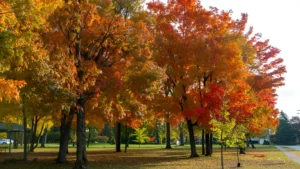
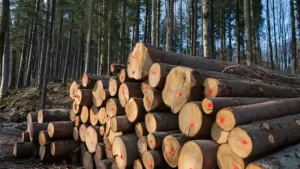




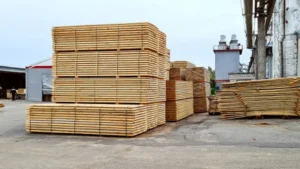



Leave your comment